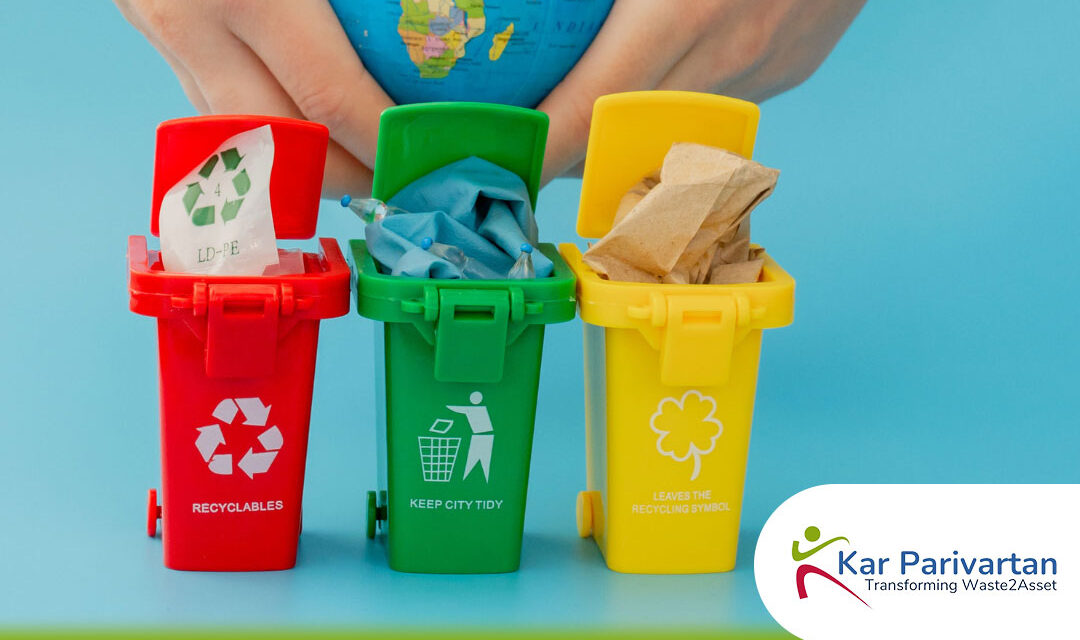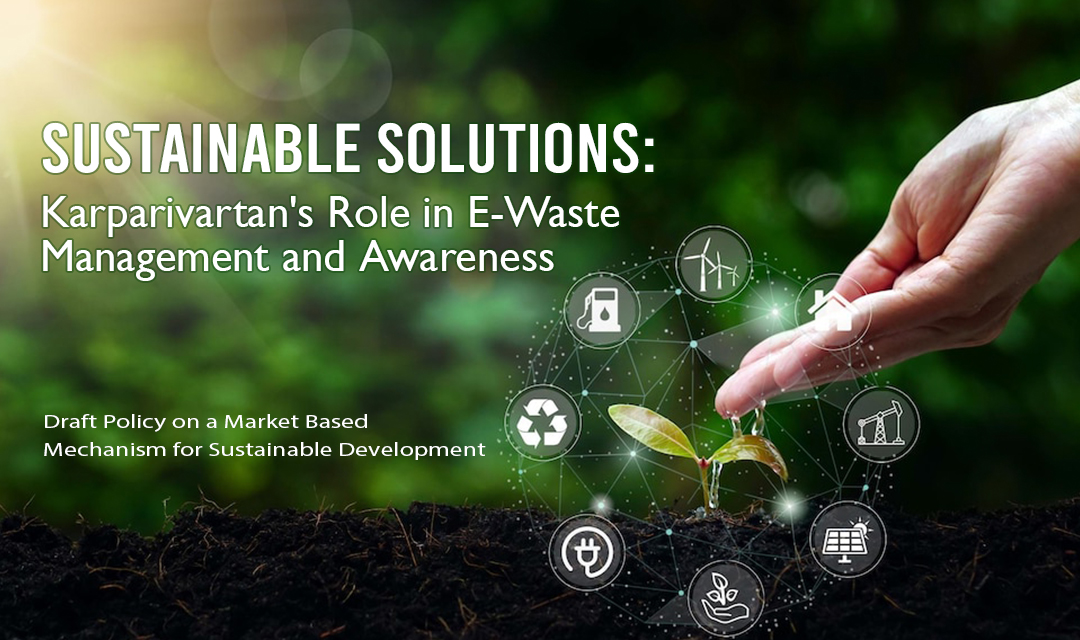The Green Credit Programme: Draft Policy on A Market-Based Mechanism for Sustainable Development
India generates various types of waste, which can be broadly categorized into the following categories:
- Municipal Solid Waste (MSW): This is the waste generated from households, commercial establishments, institutions, and public places. It includes household waste, food waste, packaging materials, paper, plastics, glass, metals, textiles, and garden waste.
- Industrial Waste: Industrial waste refers to the waste generated by manufacturing processes, industrial activities, and construction sites. It can include hazardous waste, non-hazardous waste, and by-products from industries such as chemicals, textiles, metals, electronics, and construction.
- Electronic Waste (e-waste): With the rapid growth of the electronics industry, e-waste has become a significant concern. It includes discarded electronic devices such as computers, mobile phones, televisions, refrigerators, and other electronic appliances.
- Biomedical Waste: Biomedical waste consists of waste generated from healthcare facilities such as hospitals, clinics, nursing homes, and laboratories. It includes pathological waste, sharps (needles, syringes), expired pharmaceuticals, and other infectious or hazardous waste.
- Construction and Demolition Waste (C&D Waste): C&D waste is generated from construction, renovation, and demolition activities. It includes concrete, bricks, wood, metal, plastic, glass, insulation materials, wiring, and other construction-related debris.
- Hazardous Waste: Hazardous waste refers to waste that has properties that make it harmful to human health or the environment. It includes toxic chemicals, solvents, pesticides, oils, batteries, fluorescent lamps, and other materials that require special handling and disposal due to their potential hazards.
- Agricultural Waste: India being an agricultural country, agricultural waste is also generated on a significant scale. It includes crop residues, animal waste, farm waste, and agrochemical containers.
- Plastic Waste: Plastic waste is a major concern due to its non-biodegradable nature and environmental impact. It includes single-use plastic items, packaging materials, plastic bags, bottles, and other plastic products.
- Organic Waste: Organic waste consists of biodegradable materials such as food waste, agricultural residues, yard waste, and other organic matter. It has the potential for composting and converting into valuable resources like compost or biogas.
- Special Waste: This category includes waste that doesn’t fit into the above categories but requires specific handling and disposal methods. It can include asbestos, radioactive waste, lead-acid batteries, and other specialized waste streams.
It’s important to note that the composition and quantity of waste generated can vary across different regions in India, depending on factors such as population density, urbanisation, industrial activities, and agricultural practices. Efforts are being made to promote proper waste management practices, waste segregation, recycling, and the adoption of sustainable waste management technologies to address the challenges associated with the different types of waste generated in India.




